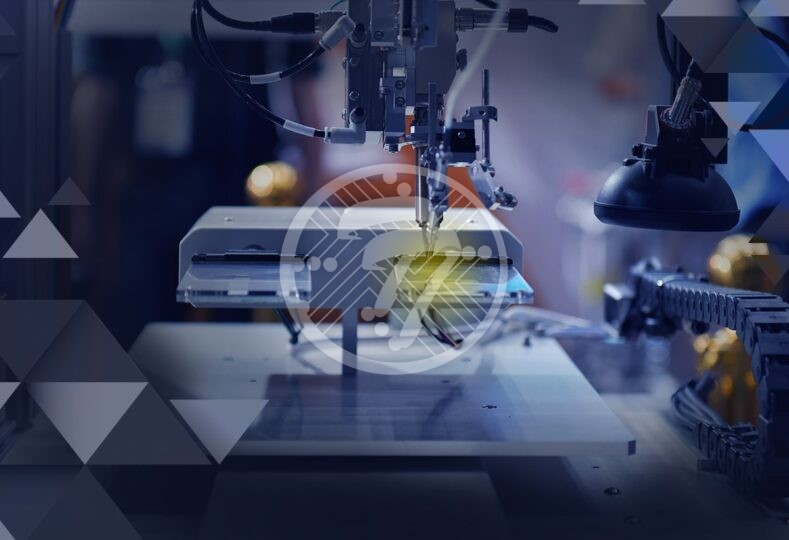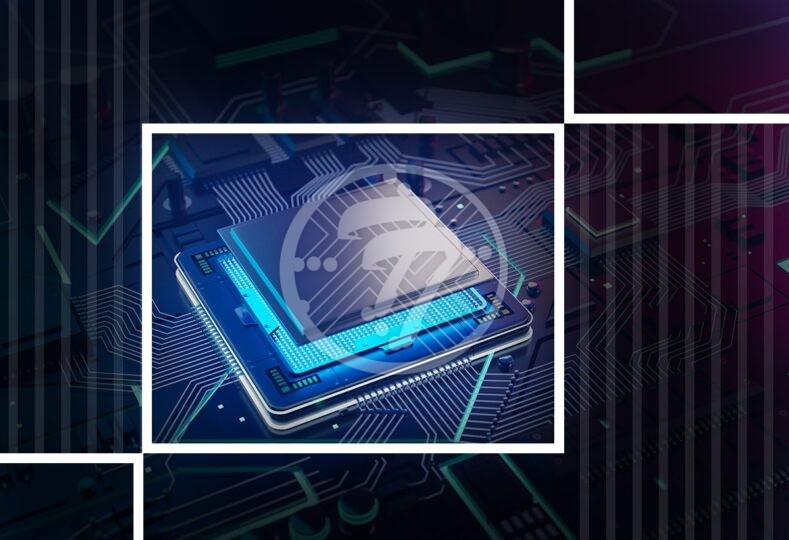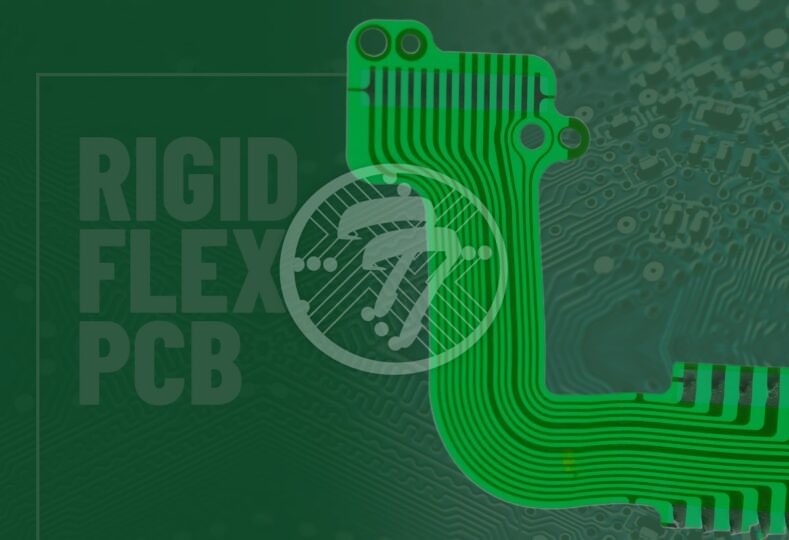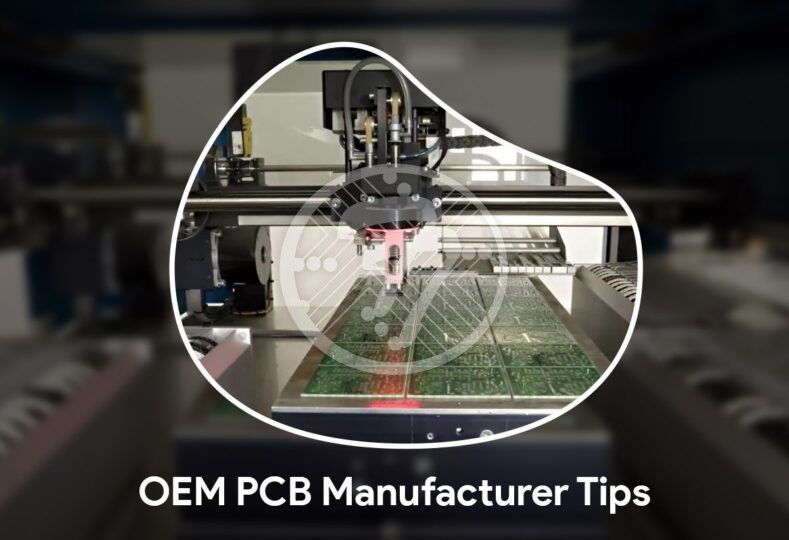Best Practices of New Product Introduction (NPI) Manufacturing for Electronics Contract Manufacturers!

Introduction of new products is a great deal. Electronics contract manufacturers know that NPI (New product introduction) is a must since it helps them to ease the complexities and move forward in the marketing community.
However, NPI is not the easiest thing to do if not implemented properly. Thus, electronics contract manufacturers need to work on several complex designs and carefully market everything. Such production requires an adequate amount of effort and costs to become a success. It should have high-quality total volume production for faster marketing.
Below, we will discuss the New Product Introduction for Electronic manufacturers and its best practices and advantages.
What’s New Product Introduction (NPI)?
NPI, short form for New Product Introduction, means those activities that introduce a new or improved product. It includes the definition, layout, development, prototyping and even the launch of a product. The product doesn’t have any limitations – it can be anything.
It aims to get a final working prototype that can help one to get a faster market. People also call it NPD, short for New Product Development.
Here, the engineer’s work is to keep drafting new concepts for their product until the final prototype is ready, including any required design alterations.
NPI Manufacturing Best Practices
Now that you know NPI, it’s time to get to its best practices, which are as follows:
Define and prepare objectives
Beginning with defining is the crucial step of New Product Introduction. The electronic contract manufacturers make sure that the essential aspects of the product are described in this phase. From budget and features to functions and requirements, everything is defined.
The Quality Function Deployment or QDF process is used to alter the functional requirements into designs.
Feasibility
Feasibility is another crucial practice of NPI, where the product’s success rates are analyzed. Here, the overall discussion regarding the manufacturing, preliminary design approaches, implementation, and time estimates occurs.
Development
The electronic contract manufacturing services also include a product’s development. Its overall designs are verified in this phase that consists of DFM or Design for Manufacturability and DFA or Design for Assembly. It has methods, DFM/A reviews, guidelines, BOM or bill of materials, etc.
Tests and implementation
After the development comes a product’s testing; the overall functionality of a product is tested, including its weaknesses and strengths. Its design, manufacturing, quality, concepts, etc., are analyzed thoroughly in this phase.
Once the testing is over, it goes to the implementation phase, where a product’s documentation is produced. It includes all the catalogs, manuals, and documents of a product.
Evaluate
Improvement is an essential factor in NPI. Electronics contract manufacturers can improve their products if they get adequate feedback and reviews which is what the evaluation phase of NPI covers. Here, the overall performance of the product is reviewed, and feedback is taken into account.
Production – The last & final phase
Once all the phases are clear, the last step comes forward. It includes the full-scale production of the product to be sent to the market and put to use.
Benefits of New Product Introduction (NPI)
NPI is proving to be an incredible way of producing successful products, and electronics contract manufacturing and assembly services are including it to improve the products. Some of the benefits of NPI implementation comprises:
Reduced Development Costs
As the electronic contract manufacturers consider the product’s design and its issues before the production, it enables cost reductions. There will be no additional costs of alterations, design changes, or tests if it all gets taken into consideration earlier.
Efficient production process
The electronics contract manufacturing services make sure to adopt DFM and DFA (Design for manufacturability and Design for Assembly) for the NPI. It makes the production process more efficient. It enables them to produce high-quality products properly.
Market capabilities acceleration
Usually, competition can be noticed for the marketing of products. If the electronics contract manufacturers cannot fulfill the consumers’ demands (fast delivery of the products), marketing errors may occur. Since NPI makes sure not to give rise to any manufacturing issues, it is possible to deliver the outputs faster, accelerating marketing capabilities.
Better product quality
In NPI, the proper design of a product is always considered to produce better outputs. Thus, it helps in increasing the overall quality of a product, which can be pretty beneficial.
Increased customer satisfaction
In NPI, the performance and functionality of a product are adequately tested, and the electronics contract manufacturers make sure to run everything smoothly. It helps in a better performing product’s production. As the functionality is better, customer satisfaction will improve as well.
Conclusion
Thus, we can say that NPI implementation includes various steps that prove highly beneficial for both electronics contract manufacturers and the consumer. NPI practices include all the design, manufacturing, testing, performance, and functional aspects of a product, resulting in high-quality output.
Technotronix has 4 decades of experience in prototyping of new product introduction processes. We are ISO 9001:2015 Certified and AS9100 registered PCB Assembly company with state of art manufacturing plant, highly trained workforce, industrial leading equipment, automated tooling and commitment to quality. From initial design, development, PCB prototype to full scale production and after-market support, Technotronix can provide you a complete package of industrial electronics manufacturing. To get more information about NPI implementation reach us at [email protected] or at 714/630-9200.









